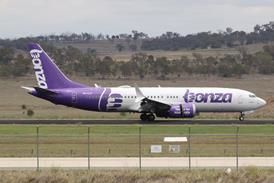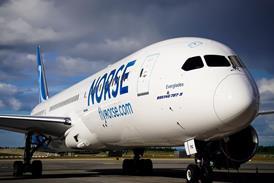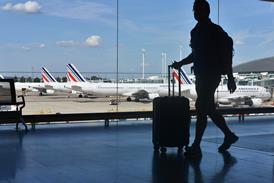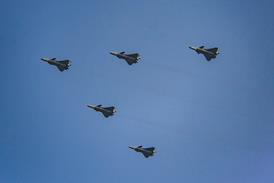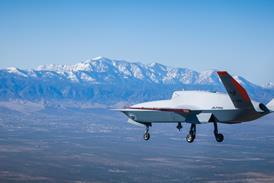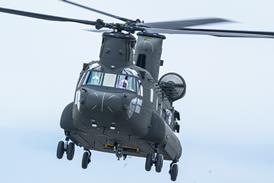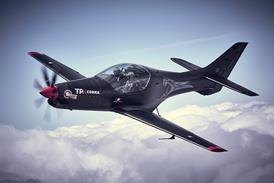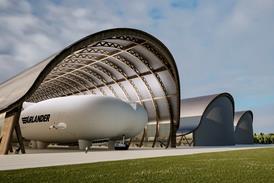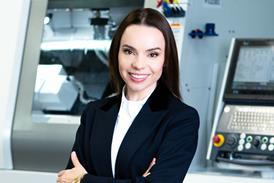FlightGlobal is the global aviation community’s primary source of news, data, insight, knowledge and expertise. We provide news, data, analytics and advisory services to connect the aviation community globally and help organisations shape their business strategies, identify new opportunities and make better decisions faster.
- News
- Airlines
- Defence
- Flight International
- Events & webinars
- Jobs
- Subscribe
- Airline Business
 Airlink takes stock after making its name in South African market
Airlink takes stock after making its name in South African market New product enhancements lead Qantas charm offensive as first half profits slip
New product enhancements lead Qantas charm offensive as first half profits slip Finnair ‘has made it through the crisis’ after capping profit return with strong end to 2023
Finnair ‘has made it through the crisis’ after capping profit return with strong end to 2023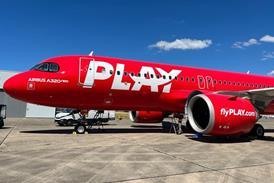 Iceland’s Play looks to bolster equity after seismic disruption to profit plan
Iceland’s Play looks to bolster equity after seismic disruption to profit plan

